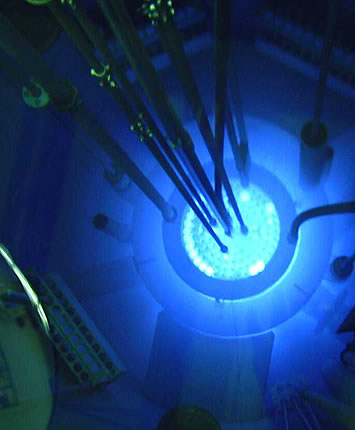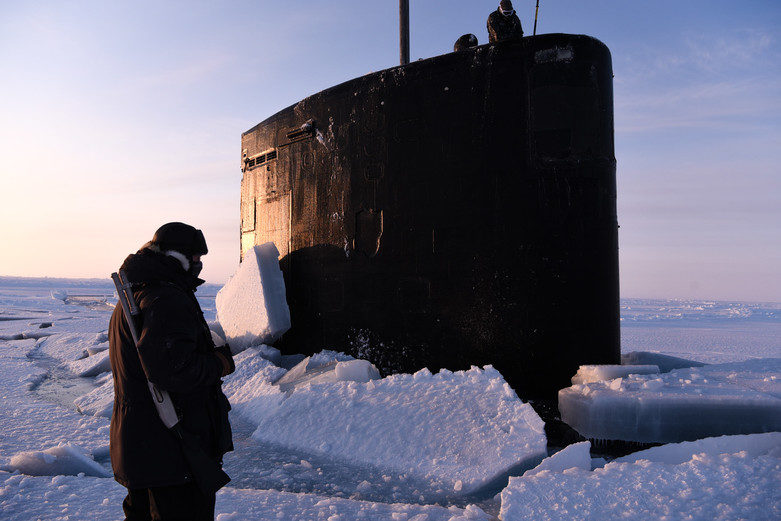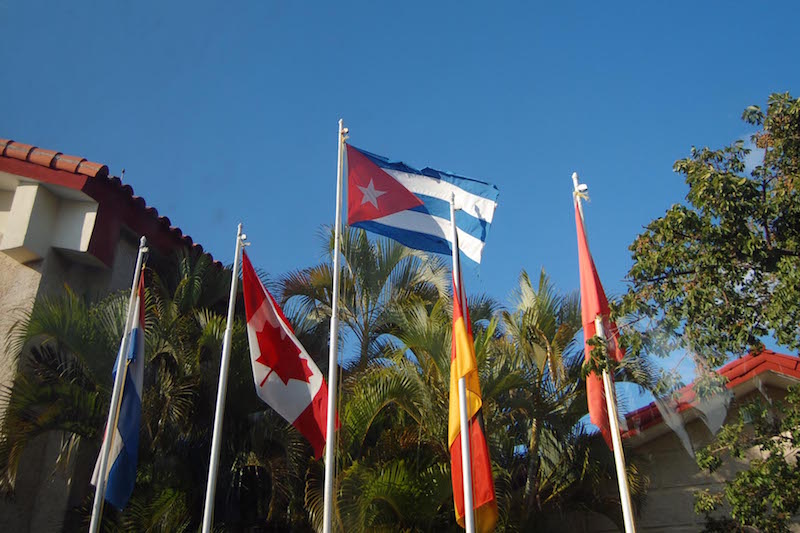Since the first atomic bombs were detonated above Hiroshima and Nagasaki in 1945, nuclear weapons proliferation has become one of the greatest threats to international security. While progress has been slow, nuclear non-proliferation efforts have largely proven to be successful. In order to achieve nuclear disarmament, some concrete measures must be taken to strengthen these goals.
On 5 March 1970, the Nuclear Non-Proliferation Treaty (NPT) officially entered into force following the unanimous approval of a 1961 United Nations General Assembly resolution. The purpose of the NPT is to limit further states from acquiring nuclear weapons while trying to contain and control the nuclear arsenals of states that currently possess them. It is arguably one of the most influential arms control treaties in the world. There are currently 189 signatory states; five of which are recognized nuclear weapon states (NWS). The remaining three NWS (India, Israel, and Pakistan) have never joined the NPT, and North Korea is the only country to withdraw from the treaty. The framework of the NPT is based on three legally binding pillars:
- Non-proliferation: NWS agree not to transfer their nuclear devices to non-nuclear weapon states (NNWS). The NNWS agree to not acquire or manufacture nuclear weapons, and they agree to comply with the safeguards issued by the International Atomic Energy Agency (IAEA).
- Disarmament: All signatory states agree to work towards complete disarmament of nuclear weapons and their delivery vehicles.
- Peaceful use of nuclear energy: NPT member states agree that the use of nuclear technology and materials will be used for the development of civilian nuclear energy programs. The states are subject to the IAEA safeguards to ensure that the technology and material are not being used for the purpose of nuclear weapons development.
[captionpix align=”right” theme=”elegant” width=”300″ imgsrc=”http://natoassociation.ca/wp-content/uploads/2013/06/iaea.gif” captiontext=””]
Defining Success and Failure by Conventional Wisdom
The success of a nuclear arms control treaty is unsurprisingly, controversial. On the one hand, the NPT has been successful, considering the world has not been obliterated by nuclear weapons. On the other hand, the NPT has failed, since NWS continue to exist along with rogue states trying to obtain nuclear arms.
It is necessary to recognize that focusing solely on failures can generate a skewed understanding of success, resulting in exaggerated risks and potentially dangerous policy measures. Decision-makers can be inclined to dismiss the reasons and circumstances for previous success. In situations like these, officials will exercise extreme measures that are costly and do not guarantee effectiveness. The US is a good example; it was tempted to carry out a new generation of mini-nuclear arms as a way to deter non-state actors. Instead of improving the existing non-proliferation regime, such measures contribute to collapse and proliferation. Member states’ governments can additionally be inclined to hold back on its obligations if there is a lack of faith in the success of a treaty, thus compromising the integrity of the NPT.
Unnoticed Breakthroughs
There is considerable evidence supporting the success of the NPT initiatives. There is a declining rate of proliferation, and fewer states are seeking nuclear weapons compared to six decades ago. In addition, about 75% of countries with nuclear capabilities choose to be NNWS. This could be attributed to the growing political significance of the IAEA. As an implementing body of the NPT, the IAEA monitors NPT member states’ compliance with the treaty. If the organization finds a violation of its safeguard agreement, the UNSC becomes involved, and the state can face serious political consequences. Non-compliant states will simultaneously jeopardize its relations with member states and decrease the long-term sustainability of its security. Libya can be considered an example of modern-day non-proliferation success when it abandoned its nuclear program in 2003.
Recent years have seen attempts to refresh nuclear non-proliferation efforts. On 5 April 2009, President Obama delivered a speech in Prague to promote a nuclear-free world. In the following months, the United Nations Security Council (UNSC) adopted Resolution 1887, calling for further advancements on disarmament efforts in order to enhance global security. Later that year, the UNSC passed Resolution 1540 as a means of legally binding UN member states to prevent non-state actors from obtaining weapons of mass destruction. All of these efforts have complemented the objectives of the NPT.
[captionpix align=”right” theme=”elegant” width=”300″ imgsrc=”http://natoassociation.ca/wp-content/uploads/2013/06/47398962_world_nuc_warhds_466.gif” captiontext=””]
Indications of Failure
In spite of these successes, there a number of shortcomings with the NPT. The treaty was not designed to address non-state actors. Consequently, it fails to address threats from terrorist organizations and nuclear black markets. This would suggest that there are issues and violations with Articles I, II and VI of the NPT. There is a lack of provision since non-signatory states are not required to comply with the treaty, therefore the movement or theft of nuclear weapons could be achieved through any of the nine NWS.
In recent developments, the IAEA reported that Iran has assembled and delivered a nuclear reactor close to the western city of Arak. Iran claims that the reactor is a peaceful nuclear operation, but the IAEA fears that the spent fuel from the reactor can be reprocessed to provide enough plutonium to build a weapon. Despite the implementation of economic sanctions, Iran is continuing with its nuclear advancements. This presents a loophole in Article IV of the NPT since NNWS have the right to pursue nuclear energy for the purpose of generating power. With that said, there is little that can be done to limit a state from using nuclear reactors to build weapons.
Based on information from the Stockholm International Peace Research Institute, the five legally recognized NWS (China, France, Russia, the UK, and US) appear determined to retain their nuclear weapons indefinitely. It is difficult to move towards nuclear disarmament if none of the five states are prepared to implement Article II of the second pillar of the NPT.
General Assessment and Prospects for the Future
There are a number of grey areas in interpreting the success or failure of nuclear non-proliferation efforts. The NPT has been successful in its overall contribution to international security, given the overall trend in reducing nuclear arsenals. Some flaws still remain, but strides can be taken in order to strengthen nuclear non-proliferation regimes.
For starters, the IAEA will have to play a consistent and forceful role to improve the sustainability of the NPT. One way of doing this would be to exercise its existing verification practices by performing inspections at undeclared locations. The IAEA should also act quickly on information about states constructing new nuclear facilities to ensure that it is being used for peaceful purposes.
It would be advisable for the IAEA to draft an alternate safeguard agreement that would be irreversible for states choosing to withdraw from the NPT. As a means of reinforcing this action, the UNSC needs to adopt a resolution that would restrict non-compliant states from withdrawing from the NPT if it is perceived as a threat to international security. Unfortunately, this sort of resolution has a very low probably of being passed. When there are additional alterations made to an international agreement, there are number problems that arise. Furthermore, the UNSC’s increasing deadlock further reduces the likelihood of such an agreement passing.
These are merely a few actions that can be implemented to help improve the success of the NPT. It is now a matter for governments to determine how to proceed with these proposals.




